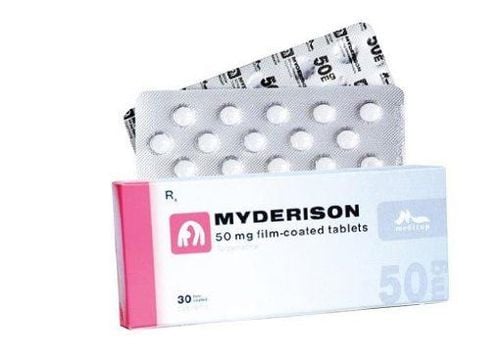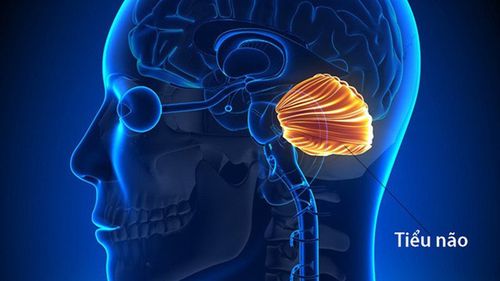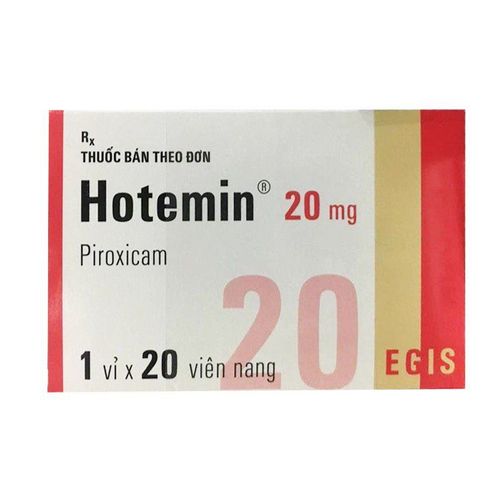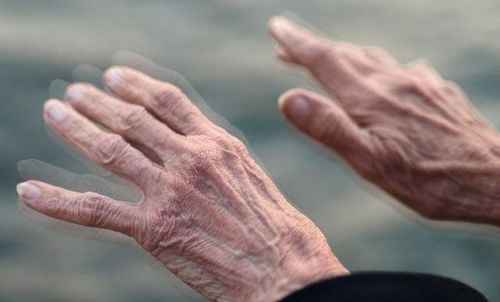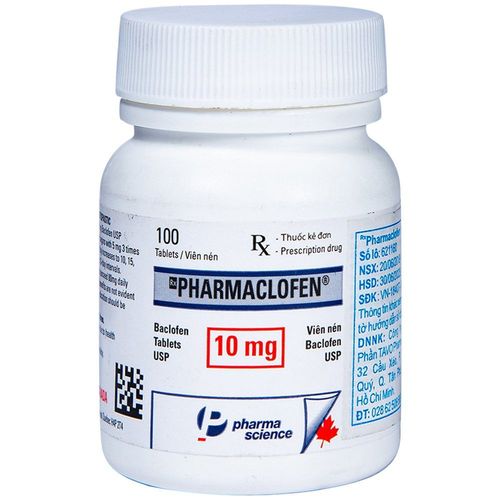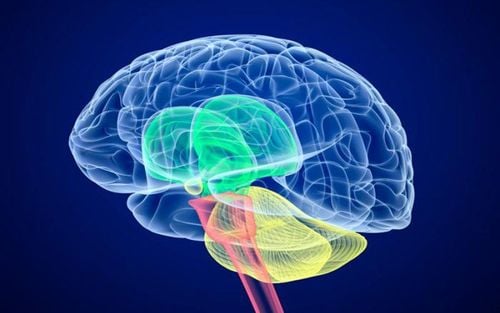This is an automatically translated article.
Article by Master, Doctor Vu Duy Dung - Department of General Internal Medicine - Vinmec Times City International Hospital
Treatment of ataxia can be divided into symptomatic treatment and disease treatment. There is therapeutic therapy for some causes of ataxia, especially in acquired cases.
1.Treatment of ataxia
Cases acquired in ataxia include: thiamine for Wernicke encephalopathy, a gluten-free diet for ataxia associated with gluten sensitivity, and intravenous immunoglobulins and plasmapheresis for anti-GAD and ataxia near u thing). Thera Type 1 glucose transporters.
Preparations are underway for the development of therapeutics for Friedreich's ataxia, including drugs that can improve mitochondrial function and reduce oxidative stress, and modulate a controlled metabolic pathway frataxin, acting as a frataxin stabilizer or frataxin enhancer, or increasing FXN gene expression. Detailed strategies for developing each drug are listed on the Friedreich's Ataxia Research Alliance website.
For the symptomatic treatment of cerebellar ataxia, in general, a recently published comprehensive review should be used as a guide (Zesiewicz TA, Wilmot G, Kuo SH, et al. Comprehensive systematic review summary: treatment of cerebellar motor dysfunction and ataxia: report of the Guideline Development, Dissemination, and Implementation Subcommittee of the American Academy of Neurology Neurology 2018;90(10): 464–471 ).
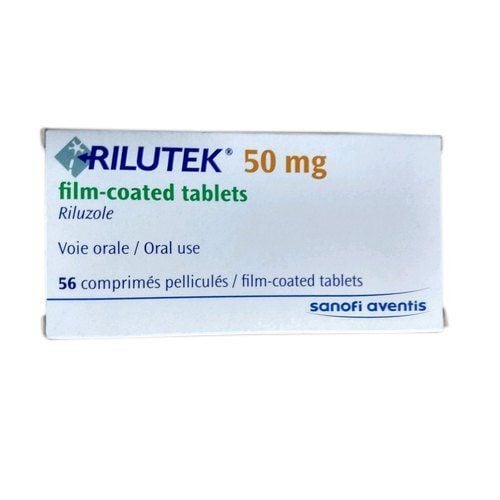
Thuốc Riluzole 50 mg x 2 điều trị thất điều
Followed by commonly used treatment options highlighted by ataxia specialists. Riluzole 50 mg twice daily has been shown to improve dysarthria and gait ataxia and can be tried in patients with ataxia. Monitoring of liver function is necessary when patients are treated with riluzole. Varenicline 1 mg twice daily has been shown to be useful in patients with SCA3. Depressive side effects should be closely monitored. 4-Aminopyridine 15 mg/day has been shown to be effective in reducing the number of episodes in patients with type 2 episodic ataxia, and is sometimes useful in the treatment of nystagmus. Other drugs, such as amantadine, baclofen, and chloroxazone, can also be used to treat ataxia. Symptoms other than ataxia, such as tremor, dystonia, and depression, should be identified and treated with conservative symptomatic therapy. For example, postural tremor can be treated with primidone or propranolol, dystonia with botulinum toxin, and depression with antidepressants.
Exercise may provide benefits to patients with ataxia as exercise has been shown to significantly increase lifespan in the SCA1 mouse model. Coordination training has been shown to have long-term benefits for patients with ataxia, and these exercises focus on axial strength and balance. Whether aerobics and other forms of exercise have additional benefits remains to be seen.
Some evidence indicates that dietary supplements may be useful in the treatment of ataxia. For example, coenzyme Q10 supplementation may be beneficial in SCAs or multiple system atrophy. Rare mutations of COQ2, a gene encoding an enzyme essential for coenzyme Q10 biosynthesis, have been identified in patients with multiple system atrophy, and patients with idiopathic multiple system atrophy also have decreased coenzyme levels Q10 in the brain. A clinical trial has been initiated to test MSA-01, a variant of coenzyme Q10 with better brain bioavailability, in patients with multiple system atrophy. Zinc supplementation may also be beneficial for patients with SCA2.
Therapeutic development of ataxia is an exciting area in neuroscience research. With the advancement in our understanding of cerebellar physiology, ion channel regulation of the cerebellar potential network may represent an opportunity for symptomatic treatment of ataxia. Small conductive calcium-activated potassium channels are enriched in Purkinje cells and may modulate the burning pattern of these neurons. In addition, cerebellar physiology may be regulated by the rate of glutamate uptake in astrocytes. Therefore, drugs that modulate these mechanisms are currently being investigated in patients with genetically determined SCA. Deep brain stimulation for patients with ataxia has had varying degrees of success, but the most obvious benefit is for tremor in patients with SCA2. Further exploration of new stimulus targets and stimulus parameters will potentially identify methods for ameliorating symptoms of ataxia. Finally, reverse-chain oligonucleotides have been shown to reduce toxic protein levels and improve symptoms in mouse models of SCA2 and SCA3. These studies clearly present a solid scientific basis for testing reverse-chain oligonucleotides in patients with ataxia in the near future.
2. Conclusion
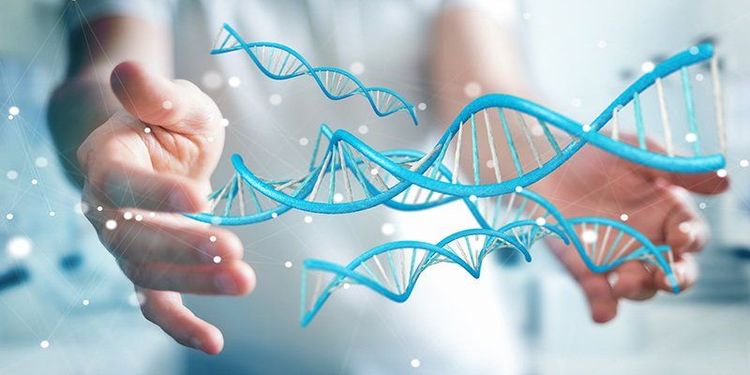
Mắc bệnh thất điều cũng có thể do gen
Causes of cerebellar ataxia are many and can be diagnostic challenges. This article provides step-by-step diagnostic guidelines for patients with ataxia. Acquired causes of ataxia should be considered first, followed by degenerative and genetic causes of ataxia. If genomic ataxia is suspected, pathologically prolonged repeats in ataxia genes should be identified first, followed by sequencing testing. In late-onset cerebellar ataxia, multiple system atrophy is the most common and should be considered. Although treatment of cerebellar ataxia remains modestly effective, several new therapies are currently being tested, including pharmacotherapy, brain stimulation, and reverse-chain oligonucleotides.
Neurological examination confirmed ataxia. To register for examination and treatment at Vinmec International General Hospital, you can contact the nationwide Vinmec Health System Hotline, or register online HERE.
See more Documentation about Ataxia Master Vu Duy Dung:
Symptoms and causes of ataxia Clinical examination, laboratory tests and diagnosis of ataxia Genetic ataxia and degenerative ataxia ataxia treatment





